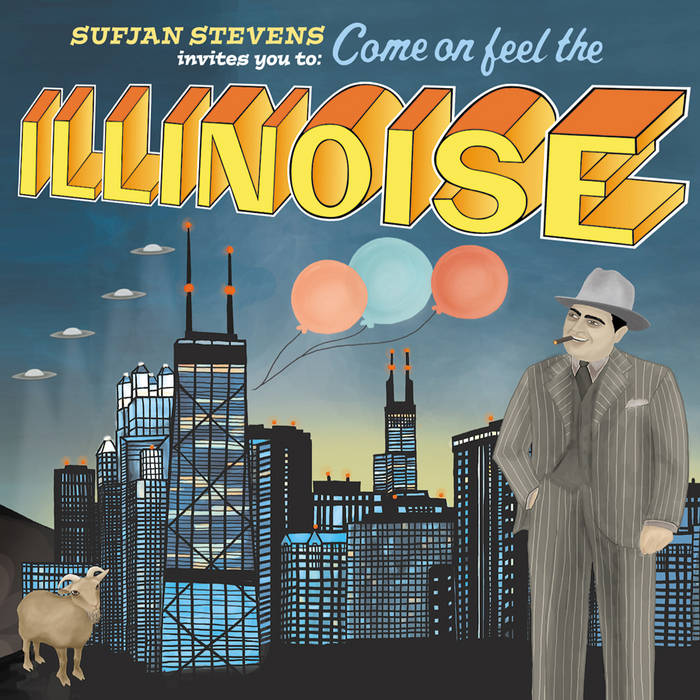[media id=”106636″ align=”left”/]Chicagoans know a thing or two about the power of beautiful buildings. There are enough architectural styles downtown alone to make your head spin, neck cramp, and legs stop halfway through an intersection. Even the Target on State Street is a glass and wrought iron masterpiece most cities would kill to call their own.
About 70 blocks south of the Loop, in the cramped basement of the old Chicago Theological Seminary, the Seminary Co-Op bookstore shared a similarly special hold over anyone who wandered through its labyrinthine corridors or ducked under the pipes that snaked along the walls and ceilings. Descending the stairs into the store felt like sneaking into the subterranean hangout of an intellectual community—a place where names like Freud and Arendt were likely to be bandied about. Yet the store was not just an academic mecca; it was a space whose endless book-filled chasms felt unique in their lack of commercial shine. With the decision to build the Becker Friedman Institute for Research in Economics in the old Seminary building, the Co-Op moved to 57th Street and Woodlawn Avenue, next to Frank Lloyd Wright’s Robie House.
That is precisely why Jasmine Kwong and Megan E. Doherty, two Chicagoans who attended UChicago for graduate school, have attempted to immortalize the old space in The Seminary Co-op Documentary Project: Capturing the Bookstore’s Distinctive Character and History, which opened in the Regenstein Library this past Monday.
At first glance, the exhibit seems fairly small, considering the Co-Op’s 51-year history and over 54,000 members. However, the display cases are almost as densely packed with fascinating stories and arresting moments as the Co-Op is with books. Glass cases hold artifacts including membership cards for famous members such as Saul and Janis Bellow, Susan Sontag, and Barack Obama. Alongside these is the manufacturer’s plate from the famous Bellows Motor, which resided inside the old store. Also included is a New City Best of Chicago plaque, which the store, in keeping with its “just books” aesthetic, never displayed. Behind the displays, nearly 200 cards by students and Co-Op lovers cover the wall. Each card starts with a proclamation that the person “thinks the Co-Op is…” Some of the documenters’ favorite responses include “distilled memory in maze form” and “the last magical place in the world.”
The exhibit itself flows chronologically, starting with a loving depiction of the old space and continuing through construction and the move, and finally giving a taste of the new space. Kwong’s matter-of-fact photographs, and Doherty’s shadowy, slightly more elusive work mix together along with audio interviews, notes, and vignettes.
They all try to answer, as the front plaque eloquently states, “What is the life of the Co-Op? What is its emotional register? How and why is it important and unique?”
Kwong’s and Doherty’s photographs beautifully capture a bit of the Co-Op’s essence by turning the lens on the humans who frequently, and lovingly, ventured through it, unsure what engrossing volume they might find lurking around the corner. Kwong, a portrait and event photographer as well as a researcher at a Booth psychology lab, mentioned that “people make the bookstore come alive,” and pointed proudly to a photo she took of Austan Goolsbee, the Robert P. Gwinn Professor of Economics at Booth and a past adviser to President Obama, among the shelves. Kwong and Doherty agree that their project, officially started in February 2012, was all about capturing and memorializing a unique space. Doherty noted, “It was, I think, a loss of a one-of-a-kind space….that’s why I wanted to document it.”
And this show isn’t nearly the end for Kwong and Doherty. Their ultimate goal is to publish a book that would not only serve as a visual and written history of the Co-Op, but also would contain essays by prominent literary figures on the status of the book and of bookstores. They’re aiming for something a bit more bedside table than coffee table.
But, in reality, as Kwong stated, “The most essential parts of the bookstore are still there.” The famous front table, displaying a carefully curated selection of the top releases in academia and literature. The web magazine, The Front Table. The managers, staff, members, and, most importantly, books still remain. And while it may take awhile for Co-Op romantics to fall in love with the new store, perhaps they’ll just have to wait until Kwong’s and Doherty’s book hits the shelves. Jack Cella, the store’s manager since 1970, already agreed he would put the book in the store—but he hasn’t guaranteed it will make the front table.
The Seminary Co-op Documentary Project is on display at the Special Collections Research Center through July 13.








